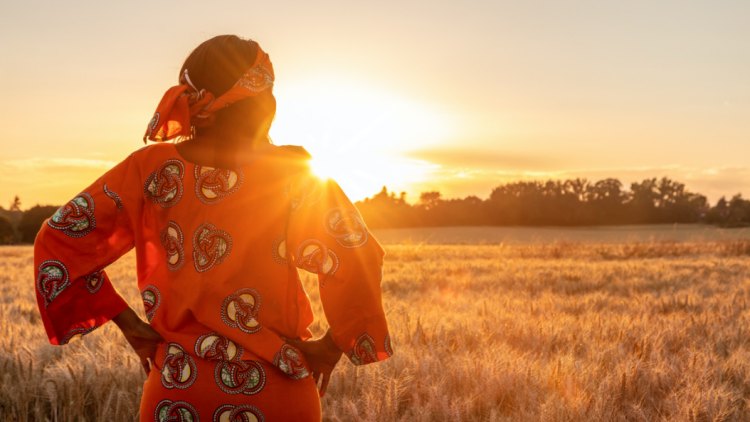As we celebrate Indigenous History Month and National Peoples Indigenous Day, it is crucial to recognize and acknowledge the role Indigenous people play in spearheading environmental stewardship. Educators play an essential role in creating an understanding and respect for Indigenous peoples special relationship with the earth and all living things. This relationship is based on a profound spiritual connection and inherent responsibility to Mother Earth. By incorporating these perspectives into the classroom, educators can not only honour Indigenous history, but empower their students to also become advocates for environmental stewardship. From storybook illustrations to virtual workshops, these environmental resources can provide students with knowledge about the Indigenous peoples special relationship with the earth. Here is a list of resources you can use to help build your students' understanding (in no particular order).
This book was written by three Indigenous youth that share the mutual goal of demonstrating their perspectives on climate change. The three amazing authors are Shelby Angalik from Nunavut, Ariana Roundpoint from Akwesasne and Lindsay DuPré. Along with the authors, is Halie Finney who did the incredible illustrations within the book. Sila and the Land gives learners the opportunity to explore various lessons about the importance of land and our responsibility in protecting it through Indigenous teachings. This book can be bought from the Outdoor Learning Store. An additional benefit to this book is that GreenLearning has created many lessons to help engage students with the broader messages within the book. Tailored for grades 1 to 8, the lessons can be found here.
The Indigenous Clean Energy (ICE) Enterprise is a nationwide non-profit organization that dedicates itself to promoting Indigenous inclusions in Canada’s energy future. The organization collaborates with many different stakeholders like energy companies, utilities and governments. GreenLearning has worked with the Six Nations of the Grand River and ICE to showcase the power of renewable energy. Together, videos have been made on the power of electric vehicles which can be found here and the transition to solar energy which can be found here. The main mission of ICE is to amplify, accelerate and assert Indigenous leadership in the transition to clean energy, making it a great resource for students and educators.
4 Seasons of Indigenous Learning
From the Outdoor Learning School & Store, the 4 Seasons of Indigenous Learning is a great resource that will go through four different “seasons” including: Foundations of Knowledge, Learning from the Land, Reciprocal Relationships and Reflective Action. The Outdoor Learning Store collaborates with over 50 not-for-profit organizations to provide learners with a deeper understanding of Indigenous knowledge and helps to strengthen the relationships with the local land and support more respectful relationships. An added benefit to using the Outdoor Learning Store as a resource is that 100% of proceeds go back to outdoor learning non-profit initiatives.
As we wrap up Indigenous History Month, it’s clear that Indigenous peoples have a special relationship with the environment, land and all living things. With educators sharing the diverse perspectives in their classrooms, it can honour Indigenous knowledge systems and practices for the sustainable management of natural resources and empower students of all ages to make an effort to improve our planet. The lessons that can be taught with these resources will foster advocacy in Indigenous rights and environmental stewardship that will stick with students all year-round. With effort from everyone, we can inspire future generations to work towards sustainability by learning from Indigenous peoples historic experience and holistic perspective of nature-human relations.


